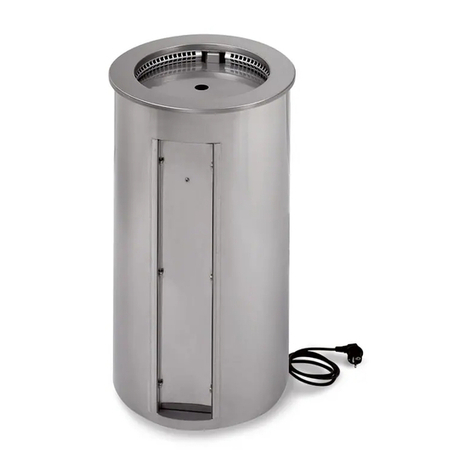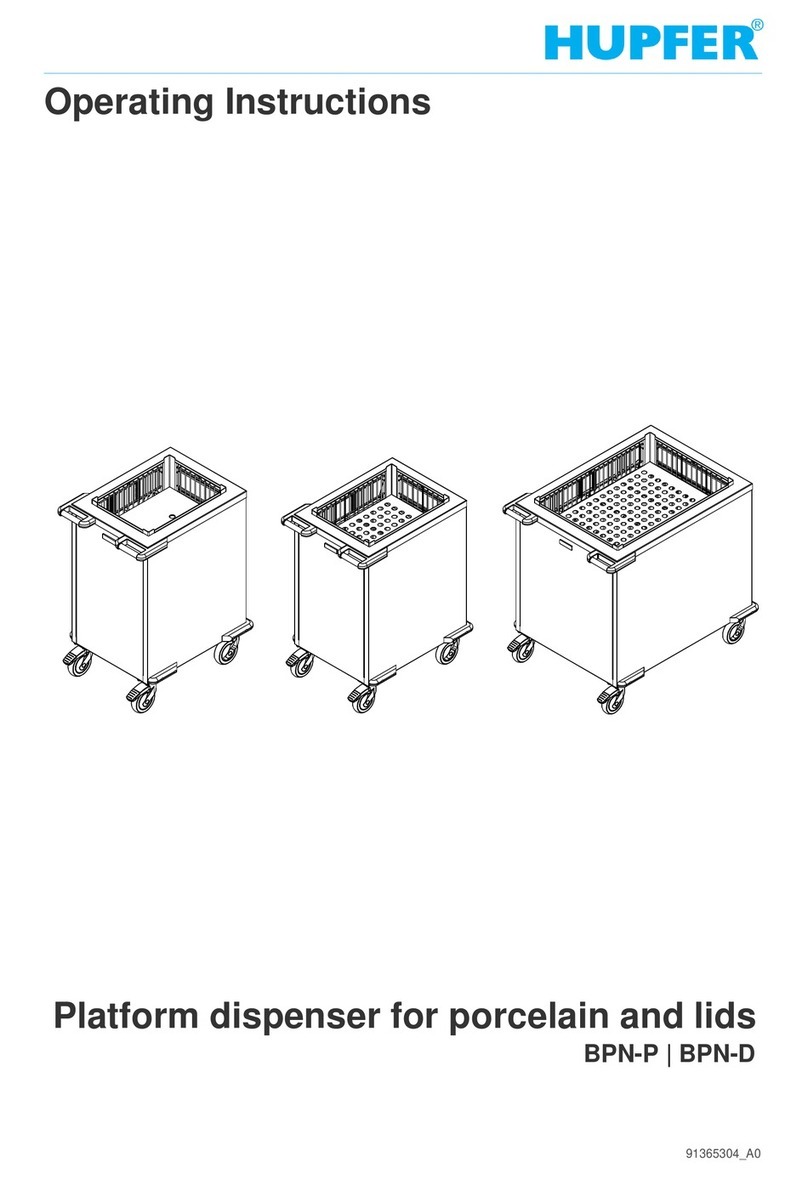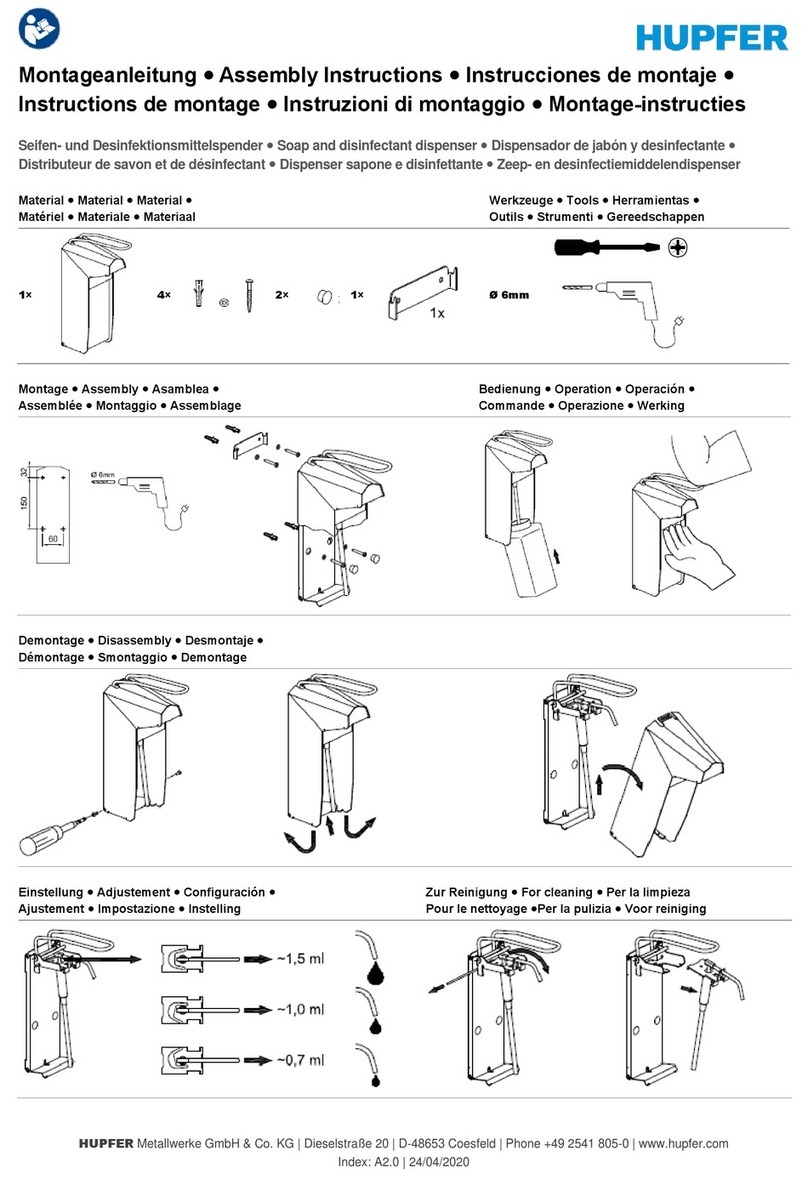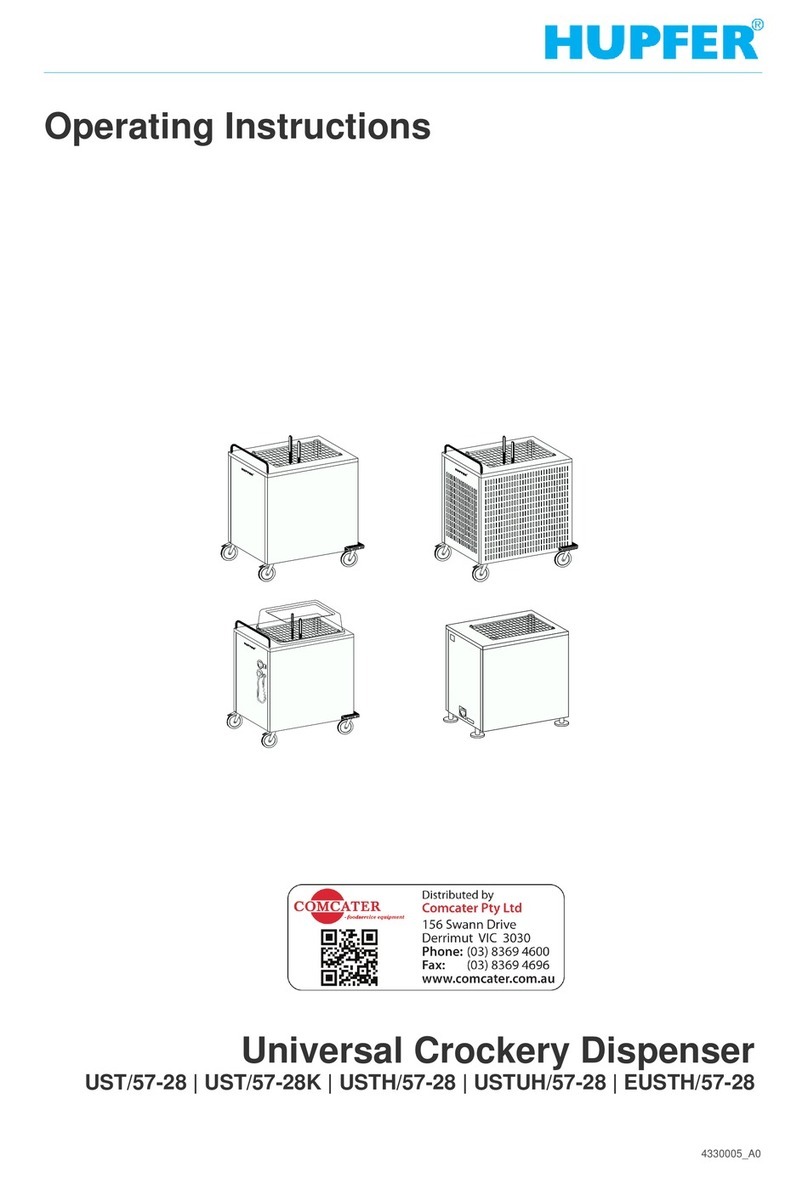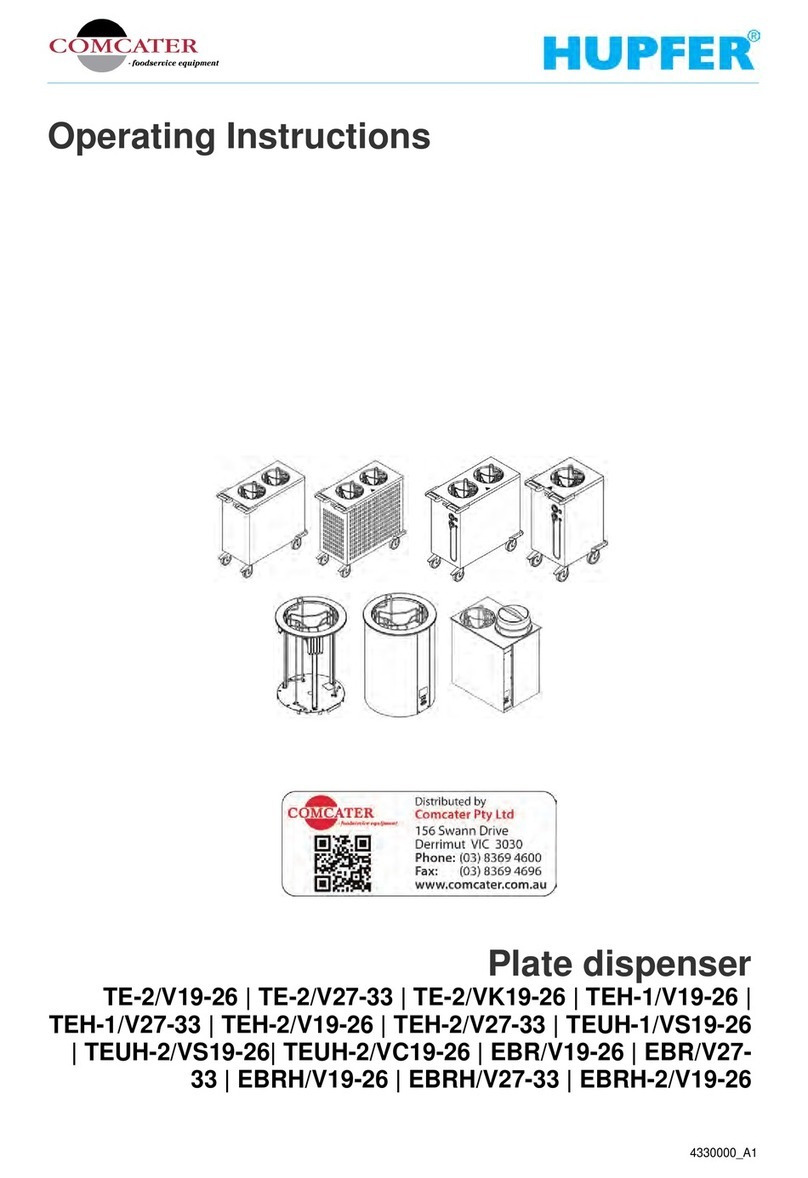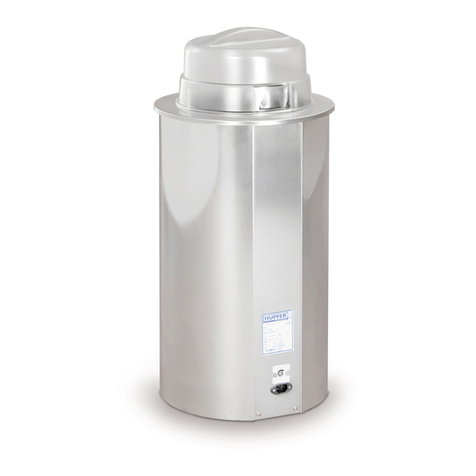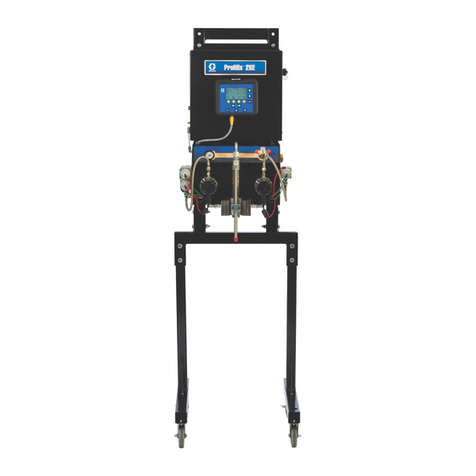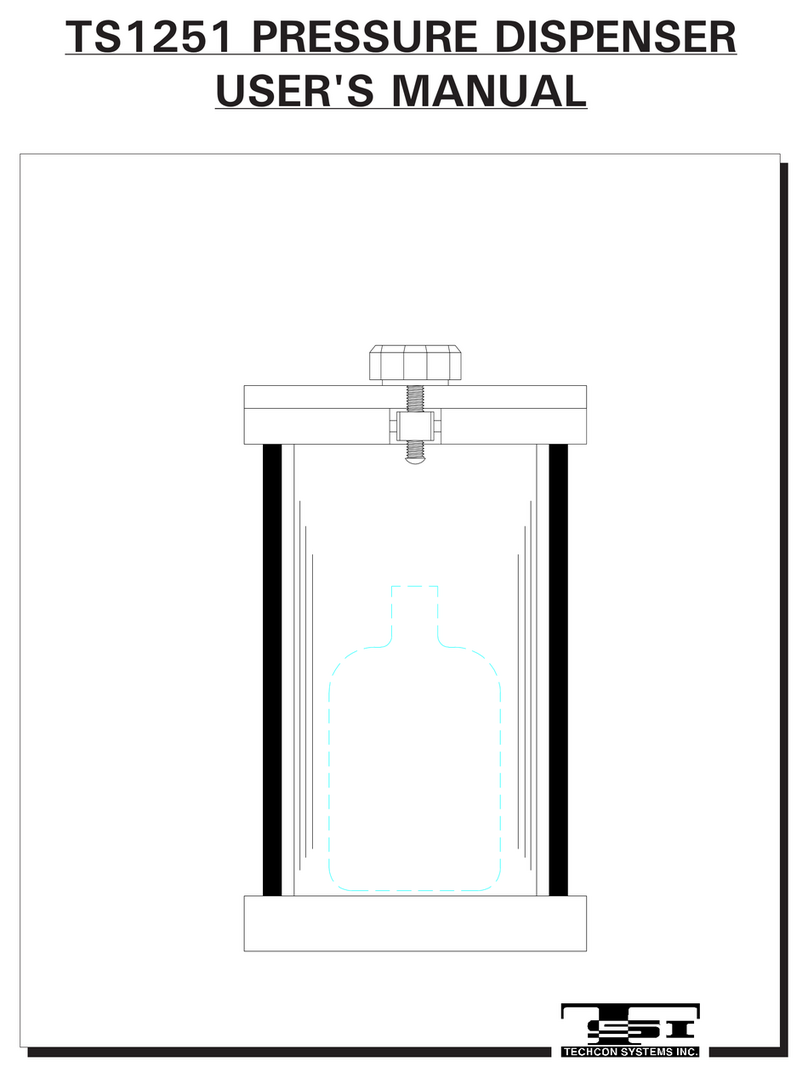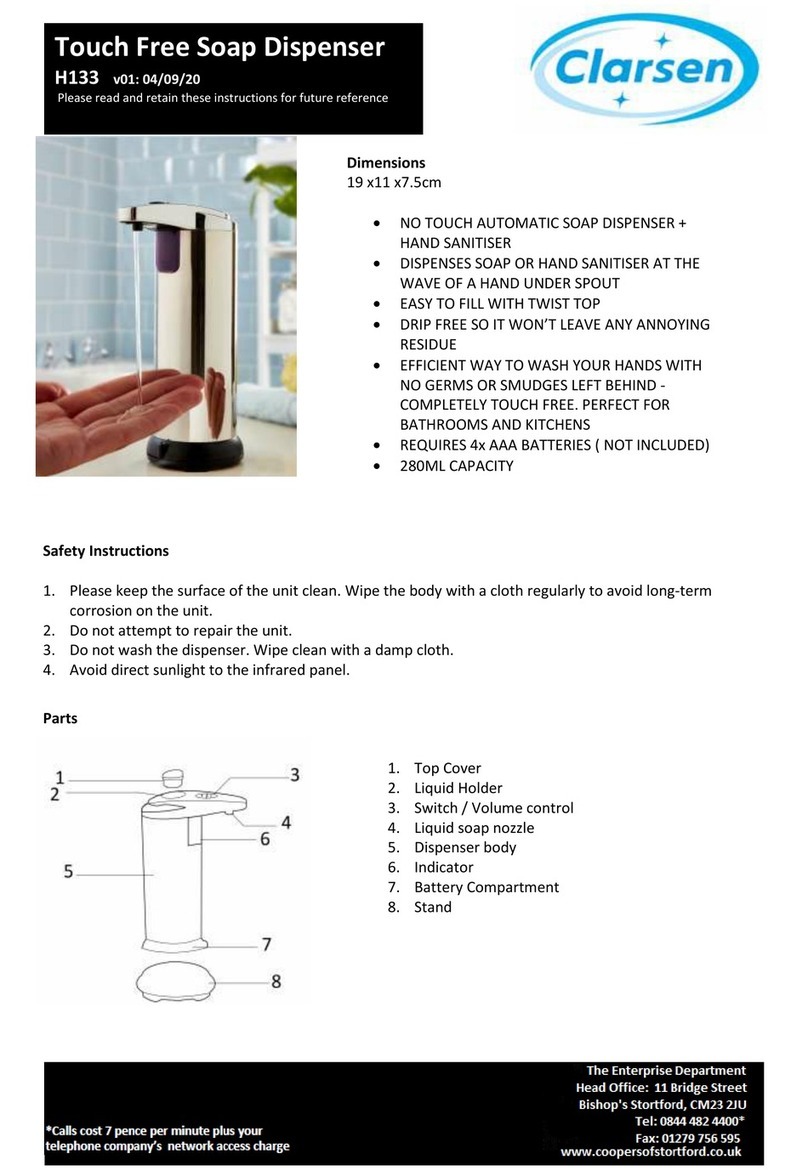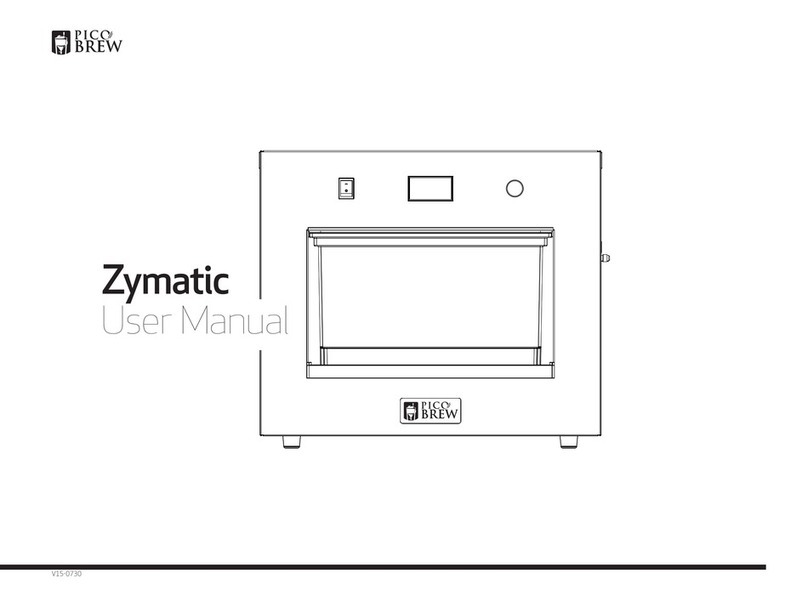
Section 1Introduction
Page 6 Definitions of Terms
Powerstapler
PSUH 91346811_A1
1.4Definitions of Terms
Term Definition
Authorised specialist An authorised specialist is a specialist that has been trained by the manufacturer, an
authorised service dealer or a company assigned by the manufacturer.
Check, inspect Compare with certain conditions and/or characteristics such as damage, leaks, filling
levels and heat.
Cleaning system-resistant The suitability of the appliance for cleaning in an automated cleaning system is lim-
ited. It is possible to achieve a flawless, reproducible cleaning and drying result, but it
cannot be guaranteed.
The exterior and interior housing are produced to standard specifications. Water
ingressing hollow spaces resulting from the design of the appliance can run off without
hindrance. Water collection in hollow spaces is avoided. Installed electrical compo-
nents and electrical wiring are protected by appropriate sealing (for example, labyrinth
edges, sealing profiles, cable channels) against any form of penetration by water.
Protection class IPX6 (powerful pressurised water) to DIN EN 60529 (VDE 0470) is
guaranteed. It is possible that water remains and is carried over following the drying
process.
Convection Physical properties or mass transfer (e.g. heat or cold) through currents in gases and
liquids.
Cook&Chill Kitchens "Cook and Chill": Kitchens where warm food is chilled as quickly as possible after
being cooked.
Cook&Serve Kitchens "Cook and Serve": Kitchens where warm food is served immediately after being
cooked or kept warm until it is consumed.
Corrosion The chemical reaction of a metallic material with its surroundings, e.g. rust.
Cover A bell-shaped cover for keeping food warm on plates and dishes.
Element formation Also: contact corrosion. Occurs when different noble metals are in close contact with
each other. This happens when a corrosive medium is between both metals, such as
water or even normal air moisture.
EM field Electrical, magnetic or electromagnetic field that is defined by its field intensity and
phase formation.
EN tray A European standard tray is a tray in a standard size.
EN 1/1 corresponds to 20.9x14.6'' (530×370 mm), EN 1/2 corresponds to 14.6x10.4''
(370×265 mm).
Gastronorm Gastronorm is a measurement system used worldwide in places such as food pro-
cessing plants or large-scale kitchens. The use of standardised sizes makes it possi-
ble to exchange food pans. The basic size of the Gastronorm (GN) 1/1 is 20.9 x 12.8''
(530×325 mm). Items are available in different depths.
GN tray A Gastronorm standard tray is a standard-size tray.
GN 1/1 corresponds to 20.9x12.8'' (530×325 mm), GN 1/2 corresponds to 12.8x10.4''
(325×265 mm).
H1 Hygienic standard (NSF/USDA) for lubricants that aresuitablefor incidental and
technically unavoidable contact with foodstuffs.
HACCP The HACCP concept is a preventive system that should ensure the safety of foods
and consumers.
Instructed person An instructed person is a person who has been instructed on the possible risks result-
ing from improper behaviour when carrying out an assigned task and regarding the
necessary protective equipment and protective measures, and who has been trained
for this task, if necessary.
LiftA movement, for example a vertical movement of the guide basket from bottom to top.
Machine safety The term machine safety refers to all the measures used to avert injury to persons.
The basis for machine safety is directives and laws for protecting users of technical
devices and systems valid nationallyand across the EC.
Passive layer A non-metallic protective layer on a metallic material that prevents or slows down
material corrosion.






